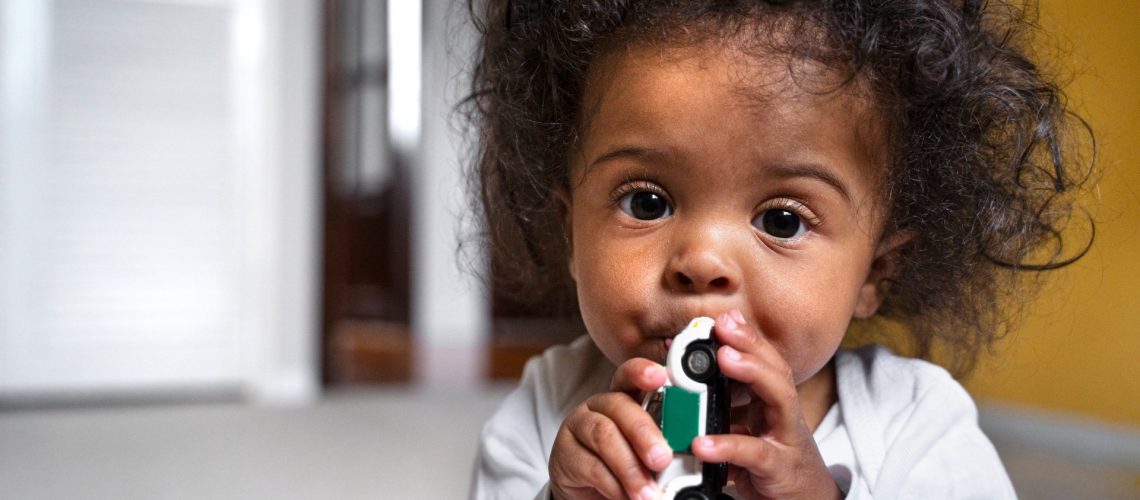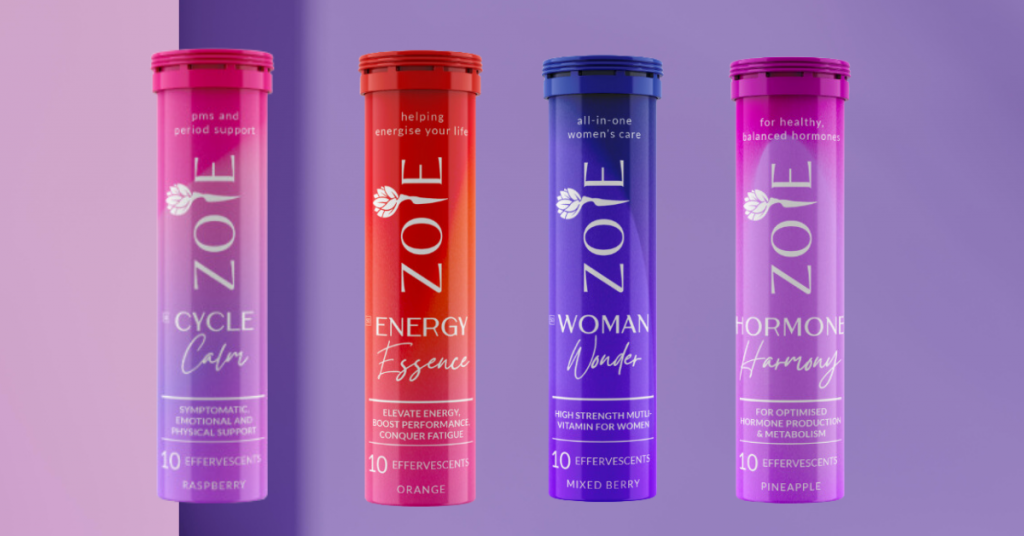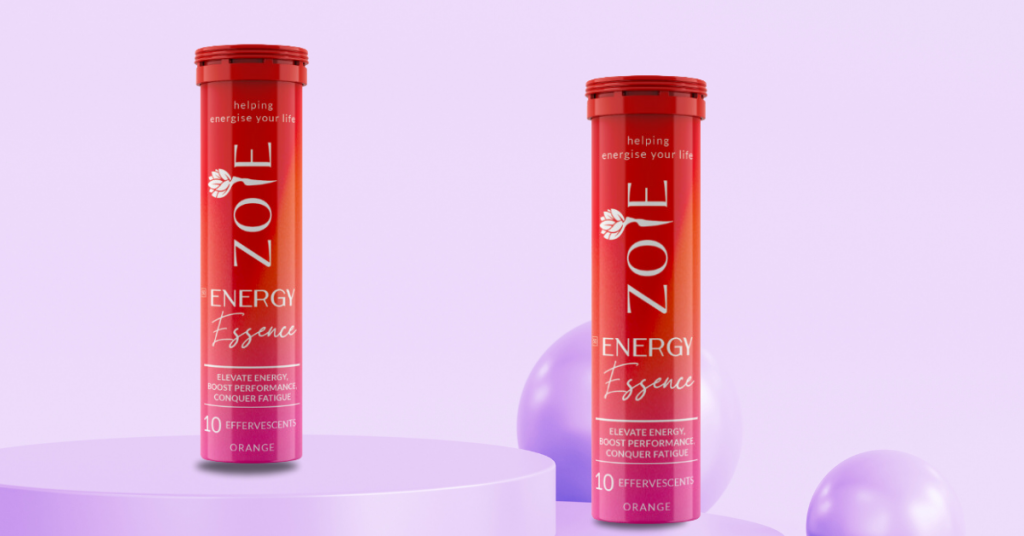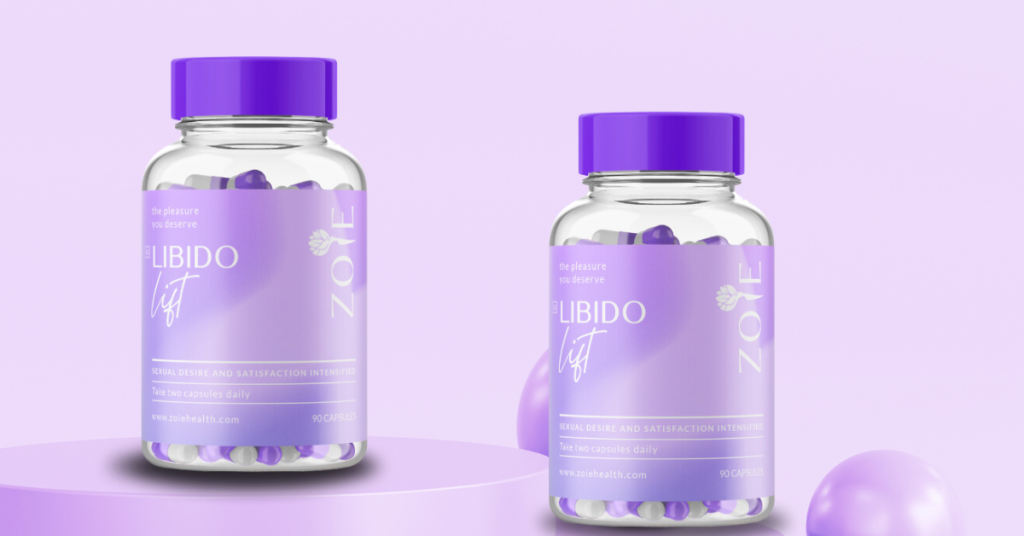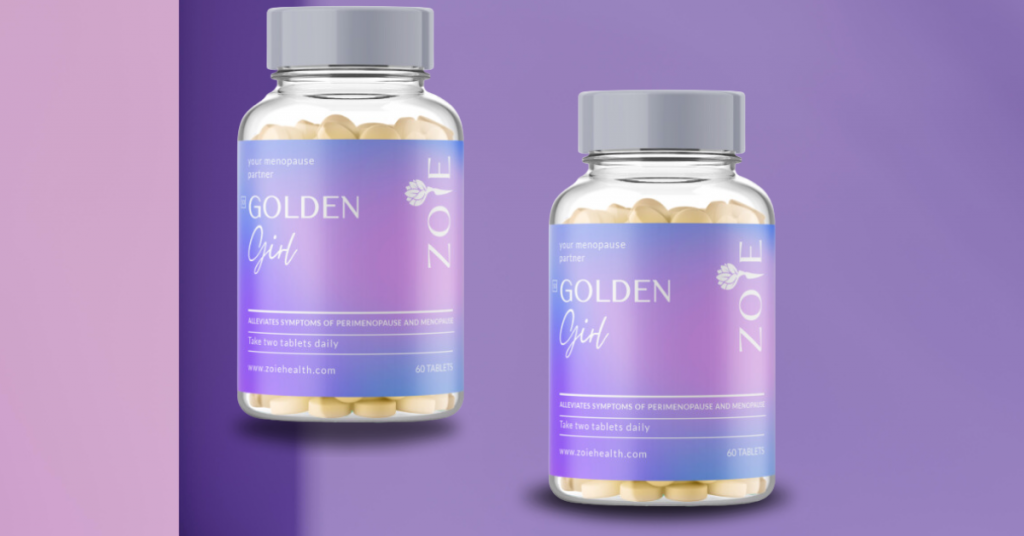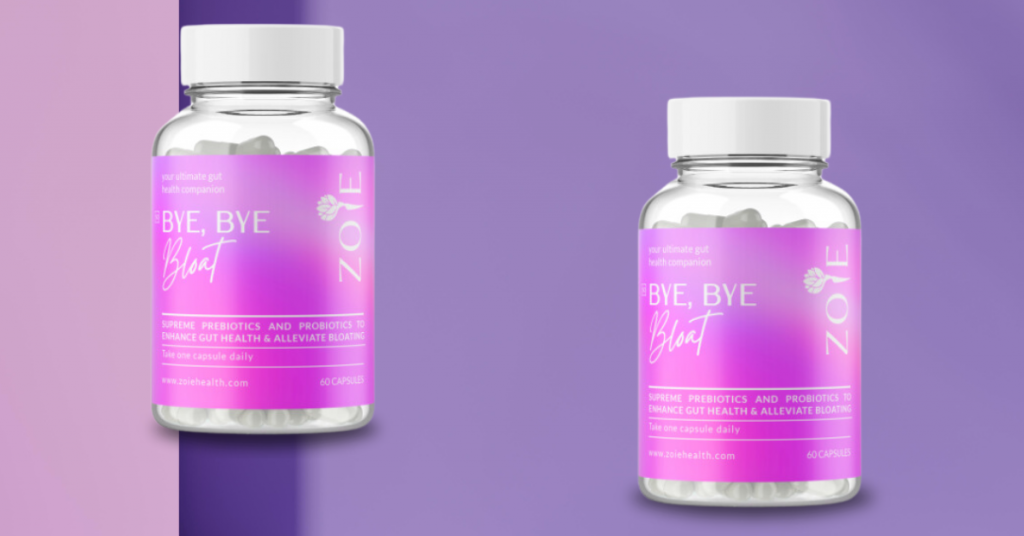Usually, between six and 10 months of age, babies begin teething. That’s the process where hormones are released that minimise the gum and allow teeth to protrude instead, allowing them to chew food. It will take several years for all teeth to appear, but important ones present themselves at this time.
Teething might cause a slightly elevated temperature in babies, but this is not a cause of concern. The highest temperature should be around 38 degrees Celsius.
However, if your baby’s temperature is higher, they are vomiting, or have diarrhoea, take them to a doctor. They might be experiencing something other than teething, which could be more serious.
Symptoms of teething
Each baby is different, but you may notice swelling of the gums before a tooth comes through. This can cause pain and fussiness for a baby for about three to five days before the tooth shows. You may notice difficulty sleeping and restlessness. After the tooth appears, the fussiness dissipates.
You may also notice a baby chewing on their fingers or toys to help relieve the pressure on their gums, as well as a refusal to eat or drink due to the pain.
Babies sometimes also pull on their ears to provide relief from the tooth pain.
You could also notice dribbling more than usual, and the presence of saliva on the face could cause a mild rash on the skin, as well as one flushed cheek.
All these are normal symptoms of teething and will go away when the tooth appears. By the time your child is between two and three years old, they should have all their milk teeth.
Which order do teeth appear in?
5-7 months: Bottom incisors develop
6-8 months: Top incisors protrude
9-11 months: Top lateral incisors (the side of the top front teeth) appear
12-16 months: First molars appear
16-20 months: Canines appear
20-30 months: Second molars appear
How to comfort your teething baby
Gently wiping their face after they dribble saliva could mitigate the onset of a facial rash. You can also use teething gel, which eases teething pains because they contain mild anaesthetic. With a clean finger, gently rub your baby’s gums to help ease their frustration. You can also use teething toys, like rings, which help ease the area.
Give your baby a cooled, but not frozen, things to suck on, like a dummy or a cool, clean facecloth.
Teething necklaces are a choking hazard for babies, so avoid using those.
Teething and the dentist
As soon as the first tooth appears, you can visit the dentist to assess. The dentist can help with the right foods to feed your child, as well as any other questions you might have. You can also use a low-fluoride toothpaste to gently clean the area. You don’t have to clean for a full two minutes, just long enough for every surface of the teeth to be cleaned. Encourage your child to spit and not swallow the toothpaste.


